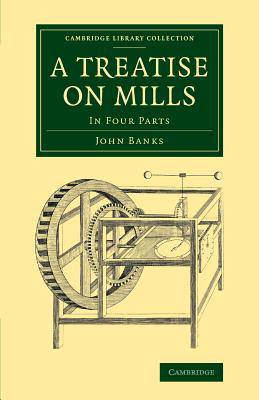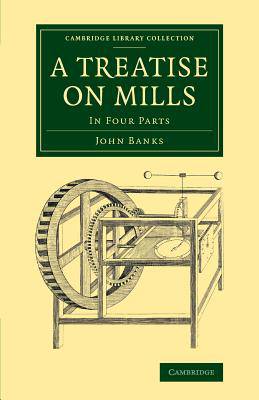
- Afhalen na 1 uur in een winkel met voorraad
- Gratis thuislevering in België vanaf € 30
- Ruim aanbod met 7 miljoen producten
- Afhalen na 1 uur in een winkel met voorraad
- Gratis thuislevering in België vanaf € 30
- Ruim aanbod met 7 miljoen producten
Zoeken
Omschrijving
From the 1770s onwards, John Banks (1740-1805) lectured on natural philosophy across the north-west of England. Much of his work aimed to show engineers, mechanics and artisans how they could benefit from expanding their theoretical knowledge. First published in 1795, and reissued here in its 1815 second edition, this work shows how to calculate the power limits of waterwheels, millstones and other commercially important machines. In the author's words, a key aim is to avoid wasted effort 'in attempting what men of science know to be impossible'. Starting with the mechanics of circular motion, he leads the reader step by step through a series of worked problems, showing the theory's practical applications. He then moves on to his experiments on the flow of water, and uses his results to better analyse the various types of waterwheel. Banks' On the Power of Machines (1803) is also reissued in this series.
Specificaties
Betrokkenen
- Auteur(s):
- Uitgeverij:
Inhoud
- Aantal bladzijden:
- 194
- Taal:
- Engels
- Reeks:
Eigenschappen
- Productcode (EAN):
- 9781108069830
- Verschijningsdatum:
- 24/07/2014
- Uitvoering:
- Paperback
- Formaat:
- Trade paperback (VS)
- Afmetingen:
- 140 mm x 216 mm
- Gewicht:
- 254 g

Alleen bij Standaard Boekhandel
+ 115 punten op je klantenkaart van Standaard Boekhandel
Beoordelingen
We publiceren alleen reviews die voldoen aan de voorwaarden voor reviews. Bekijk onze voorwaarden voor reviews.











